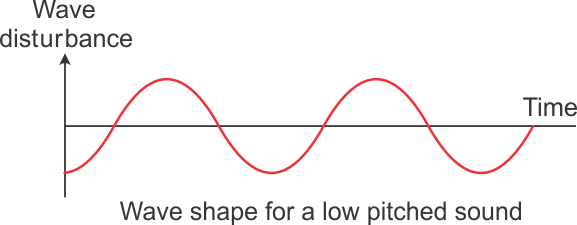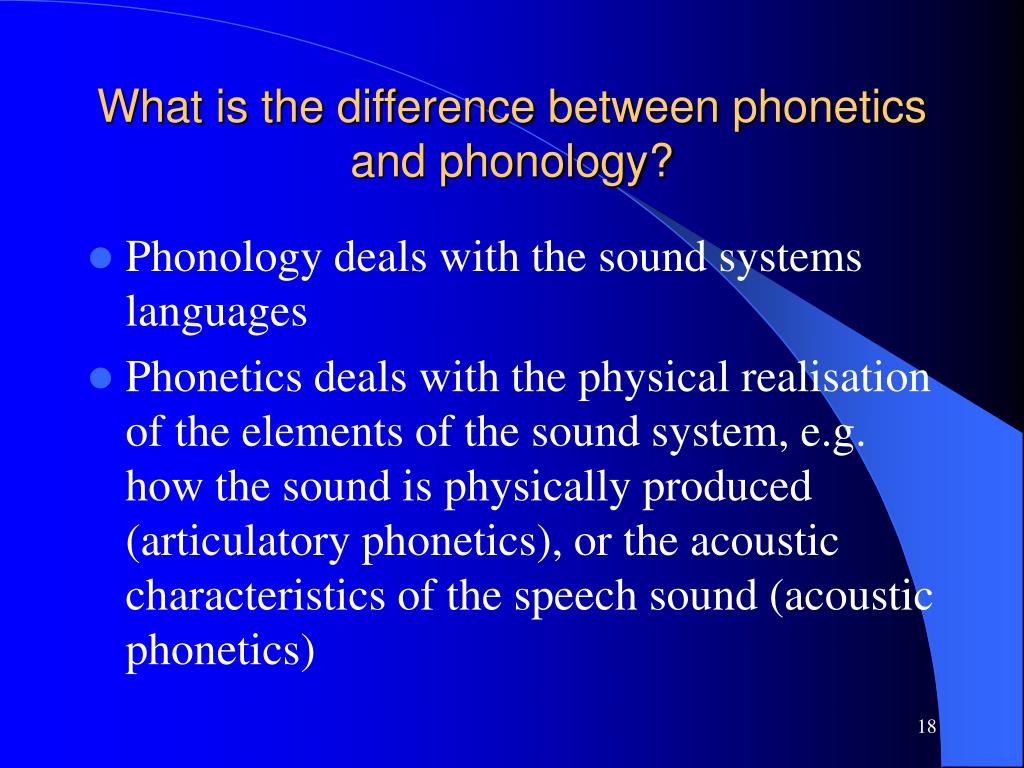

Most resilient epidemiological data on iNPH come from Scandinavia. Modern pathophysiological understanding assigns iNPH to sclerosis of the cerebral arteries which impairs the ability of modulating pressure peaks, increases trans-cerebral mantle pressure gradients and subsequent leads to ventricular dilatation. Neuro-imaging frequently shows dilated ventricles along with normal cerebrospinal fluid (CSF) pressure at lumbar puncture. Idiopathic normal-pressure hydrocephalus (iNPH) is a syndrome characterized by ataxia, cognitive impairment and urinary incontinence (Hakim’s triad).
Difference between sound siphon and sound control trial#
International Standard Randomised Controlled Trial Number: ISRCTN13838310. The results of this study may contribute to health-technology assessment of different valve systems used for VP-shunt surgery, and determination of the future standard of care. SYGRAVA is the first randomized trial to determine whether programmable ASDs reduce complications of drainage compared to fixed ASDs in patients with iNPH. The primary outcome measure is the cumulative incidence of over- or underdrainage 6 months post surgery, as defined by clinical and imaging parameters. Patients will be followed-up 3, 6 and, on an optional basis, 12 months after surgery. Patients will be randomized in a balanced 1: 1 fashion to a VP shunt with a programmable valve either supplemented with a fixed ASD, or a programmable ASD. Male and female patients aged ≥18 years with iNPH who are eligible for VP shunt surgery and meet all other entry criteria can participate. In this investigator-initiated, multicenter randomized trial, 306 patients are planned to be recruited. The aim of this study is to evaluate whether programmable ASDs compared to fixed ASDs are able to avoid both over- and underdrainage complications. Technical successors of fixed ASDs are programmable ASDs. No significant differences, however, were noted regarding underdrainage complications. Fixed ASDs proved to substantially lower the rate of overdrainage complications. They are designed to maintain intraventricular pressure within a normal physiological range regardless of patient position. Anti-siphon devices (ASDs) are a group of technically different additional valves used in shunt surgery.

While being a rather low-risk type of surgery, it may cause significant over- or underdrainage complications (e.g., headaches, dizziness, vomiting, intracerebral bleeding, etc.) during posture change.

In contrast to all other causes of dementia (e.g., Alzheimer-type and others), ventriculoperitoneal (VP) shunt surgery may offer a curative treatment option to patients. Idiopathic normal-pressure hydrocephalus (iNPH) is a distinct form of dementia, characterized by gait ataxia, cognitive impairment and urinary incontinence.


 0 kommentar(er)
0 kommentar(er)
